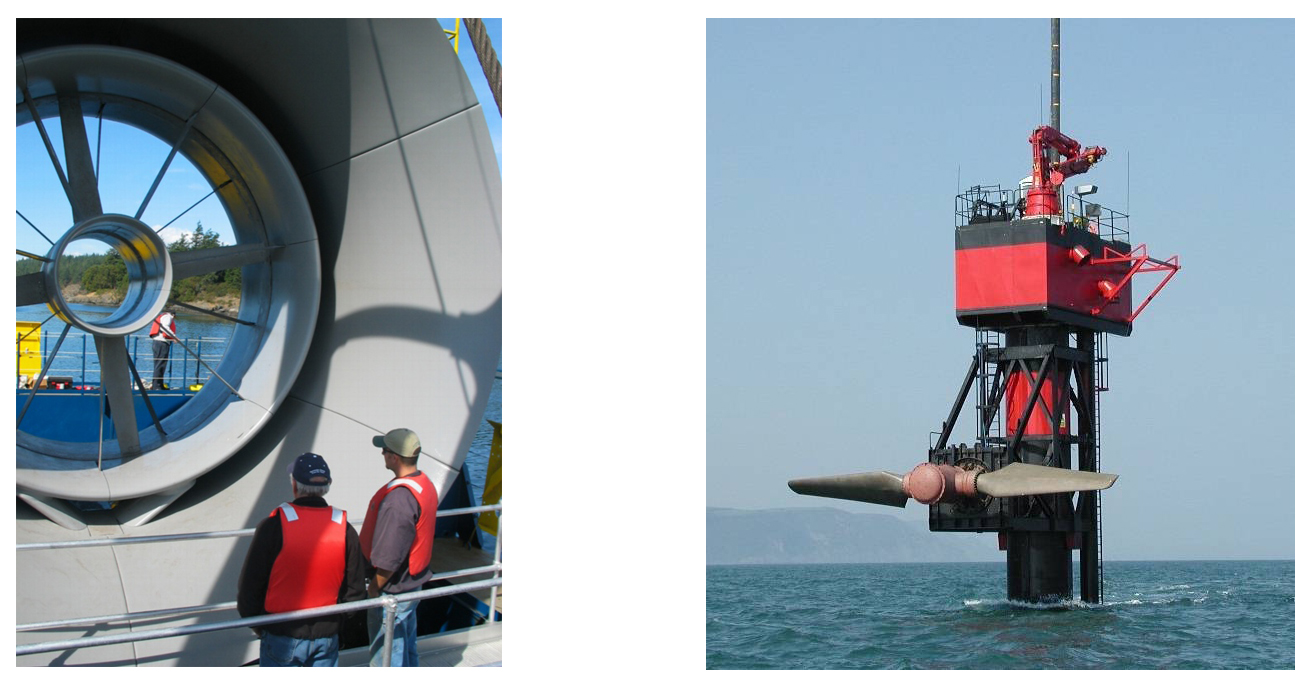Power generated from tides, in the form of tidal stream
generators and tidal barrages, are both sustainable and efficient forms of
energy production. However, they do not come without risks and impacts,
especially on the marine animals that live in the surrounding environment.
The greatest concern with the tidal stream generator is the collision
risk that it poses to surrounding organisms and animals. Because stream
generators use blades to harness the energy of the tides, animals (such as
fish) are susceptible to being struck by these fast moving blades. The risk of
blade strike is exacerbated by the high speeds of the water, which draws the
animals into, or very close to the blades.
Stream generators also produce a heavy amount of noise and
electro-magnetic fields, both of which can be highly disruptive to animals
living in the water. The noise in itself can seriously injure or kills animals
that are nearby. The electro-magnetic fields are especially harmful to animals
that rely on echolocation. Mammals such as dolphins and whales rely on
echolocation to communicate and navigate in the ocean. Because the
electro-magnetic fields are underwater, the acoustic output generated by the
tidal stream generators are even greater than they would be on land.
Additionally, the construction and operation of the tidal
stream generators also encompass the use of certain chemicals and fluids. An
accidental leakage of these fluids would be extremely harmful to the
surrounding marine animals, and could possibly have an effect much like an oil
spill. The chemical coatings on the outsides of the equipment could also erode
over time, resulting in damage to the ecosystem as well.
Despite all its positive selling points, tidal power
generators also come with many possible harmful impacts to the surrounding
marine animals. These problems could be mitigated or completely solved in the
future, but for now there still remain unanswered questions as to the true
impact of tidal power generators.
Sources:


No comments:
Post a Comment